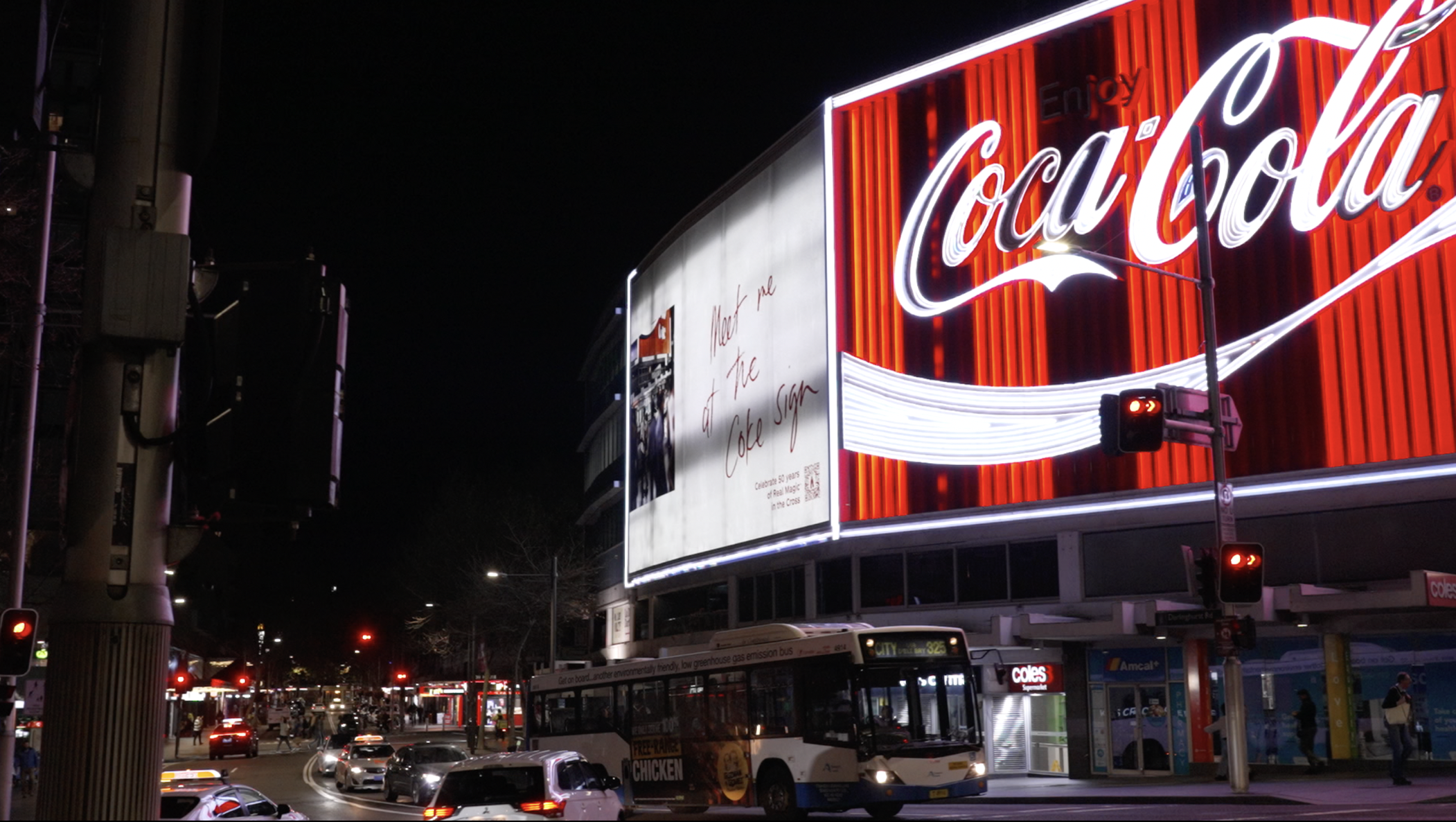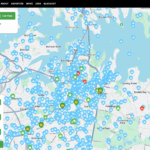The amount of floating litter in Sydney Harbour is expected to increase by more than 50 per cent during this year’s Vivid Sydney Festival according to environmentalists, who have warned more needs to be done to minimise waste from big public events getting into waterways.
The annual light show is the largest light festival in the Southern Hemisphere, attracting over 2 million visitors, and is one of the country’s fastest-growing attractions, but, the amount of waste from it has also risen as attendance grows.
Dr Anja Hergesell, a senior lecturer in University of Technology Sydney (UTS) Business School, said beyond educating patrons about using bins and recycling, social and environmental responsibilities are becoming increasingly part of event planning and governments should take the initiative to use major events as a platform to restore and protect the environment.
“You should probably educate people about this [and] use clear signage for this,” she said.
“I would think events more and more have to have a kind of social agenda with it, just to also buy in from the local community and the government… [by] using the event as a reason to clean up the site.”
Sydney-based environmental organisation Seabin, a microplastic and pollution filtering company, said the volume of microplastics and other litter in the harbour almost doubled during Vivid in 2024 and questioned the city’s waste management plan. Last year it reported a 54.63 per cent increase in plastic items captured in Sydney Harbour during Vivid compared to previous months.
The three-week-long festival which began on Friday and runs until June 14 has become one of the city’s star attractions with light shows projected onto buildings around the harbour, including onto the white sails of the Sydney Opera House.
In a statement to Central News, Destination NSW, which runs Vivid said: “Vivid Sydney is committed to sustainability and inclusivity through our Environmental and Social Initiatives.
“Our Environmental Initiatives focus on minimising ecological impact by managing energy consumption, reducing waste, and promoting environmentally friendly practices.”
According to Seabin’s data, it captures one plastic item on the harbour every six seconds.
The company said: “Microplastics are counted via subsampling and not by weight. The “catches” which are brought to the Ocean Health Lab are a 24-hour sample of each individual Seabin, which are dried, then all the litter items are removed and counted.
“For microplastics, three out of 16 random squares of the catch are selected and all microplastics are removed, counted, then extrapolated to reflect the full catch (or all 16 squares).”
Dr Hergesell said the majority of pollution generated by public events stems from waste, but energy consumption, particularly from additional power generators brought into event spaces, also significantly contributed to environmental harm.

Dr Anja Hergesell, UTS lecturer. Photo: supplied.
“If you have an event in the city in a location that’s built for it, like the International Convention Centre Sydney that has solar panels, etc, the venue will help to reduce energy and help with the environmental footprint,” she said.
“It is easy or difficult for them to reduce the environmental footprint depending on where they are, where they’re happening.”
However, she added, cost-saving and sustainability often went hand-in-hand, and that reducing waste typically led to lower event costs.
“Events are really tied in terms of what they can [do to] make a profit. So, cost reduction strategies within environmental measures, that’s probably the ones they prefer,” she said.
Effective strategies, according to Dr Hergesell, included banning single-use plastics and opting for alternative materials — for example, using bamboo cutlery instead of plastic, and encouraging attendees to bring refillable water bottles by providing access to water stations throughout the event site.
Alongside VIVID Sydney, Australia is host to numerous major events that draw attendees from across the country, as well as international tourists. Notable examples include the Australian Open and the Formula 1 Australian Grand Prix in Melbourne.
Vivid attracted 2.42 million visitors in 2024, the third-largest turnout on record, and had over 3 million the previous year, according to the NSW Parliament and Destination NSW.
The global events industry has experienced significant expansion in recent years, but this growth has also had environmental consequences.
Researchers from the University of Padova and the University of Stanford found in 2024 “improper management of any type of event can indeed lead to significant environmental impacts, including increased carbon emissions, waste generation, and resource consumption”.
Dr Hergesell said green event management and using it to implement operational strategy in a more environmentally friendly event was vital.
“I’ve heard of a scheme [where] if you have the plastic cups and return them and use the return and earn concept to manage it to get them to reduce the waste,” said Dr Hergesell.
“Within waste, it’s about recycling. It’s about not using single-use plastic [and] encouraging people to bring their refillable water bottles.”
However, she said there were complexities in making these changes, with safety considerations sometimes necessitating the continued use of plastic.
“You also need to consider the safety measures, so they should only be plastic… you wouldn’t use the metal stuff at an open event because it could be used as a weapon,” she added.
Main image of Sydney Opera House by Nigel Howe/Wikimedia.




























